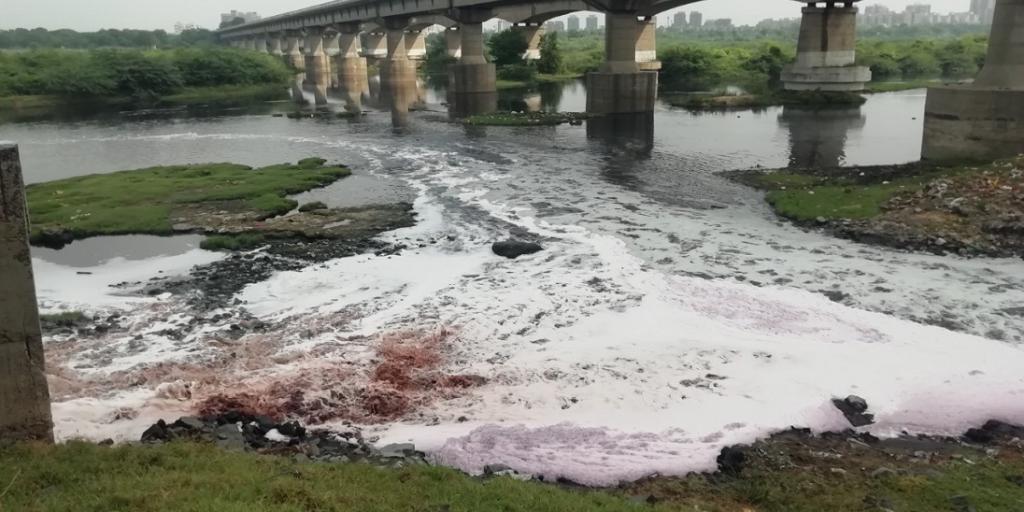The untreated influent as well treated effluent from four Common Effluent Treatment Plants (CETPs) under the Ahmedabad Municipal Corporation jurisdiction do not adhere to prescribed parameters, stated two draft reports of Council Of Scientific And Industrial Research–National Environmental Engineering Research Institute (CSIR–NEERI).
The two draft reports submitted to the Gujarat Pollution Control Board on March 24 were with respect to functioning of four of the total seven CETPs under AMC jurisdiction — Naroda Enviro Project Ltd (NEPL), Gujarat Vepari Maha Mandal Odhav (GVMM), CETP Green Environment Services Co-op Society Ltd (GESCL) Vatva and CETP Narol Textile Infrastructure & Enviro Management (NTIEM) Narol.
The two reports were submitted for consideration of the Gujarat HC on March 24 by way of an affidavit by GPCB. This was further in line with a suo motu public interest litigation being heard by the Gujarat HC concerning Sabarmati pollution.
Notably, CM Bhupendra Patel informed the Assembly that Rs 136 crore has been spent in 2020 and 2021 to clean up the Sabarmati River.
In the case of NEPL and GVMM, CSIR-NEERI noted that expenditure on operation and maintenance of the CETPs has become “futile” either owing to “inappropriate treatment system” which is either because the CETPs operations are “highly complex” or “highly haphazard.” CSIR-NEERI also observed that stages of the treatment process at the NEPL CETP were operating in a “highly unscientific manner.” It was recommended that NEPL CETP “must make necessary efforts to optimize the operating cost by optimizing the energy and chemical consumptions” and to GVMM, the agency recommended that it “must make necessary efforts to optimize the operating cost by optimizing the chemical consumptions.”
To the GESCL CETP, which was initially designed for 16 MLD capacity but was subsequently augmented to 35 MLD to meet the requirements of member industries, the agency recommended that it must make necessary efforts to “optimize the operating cost by operating the CETP to its design capacity and optimizing energy & chemical consumptions.
Only in the case of the NTIEM CETP, the agency found that while untreated influent does not meet the requisite parameters, the treated effluent indicates that it meets the prescribed discharge standards. With cost of treatment low at the NTIEM CETP, the agency recommended that it can “explore the feasibility” of recycling or reusing the treated effluent.









